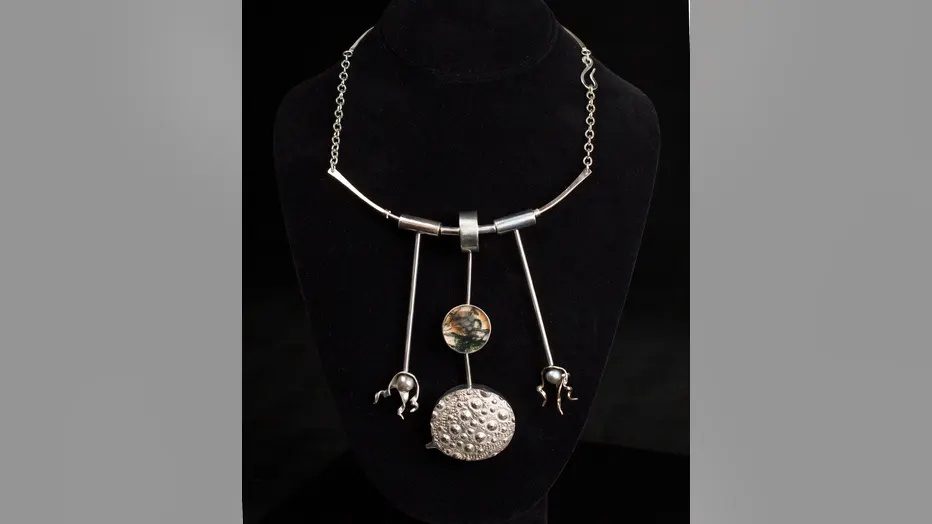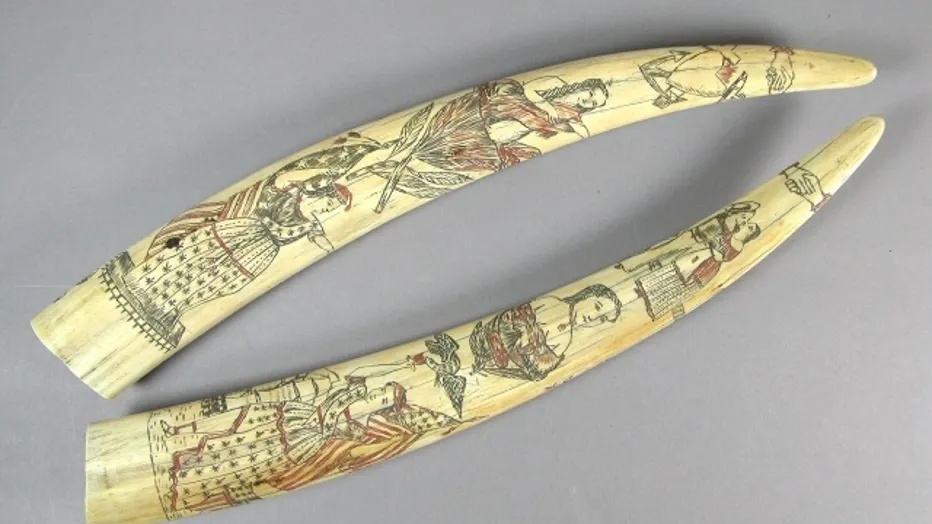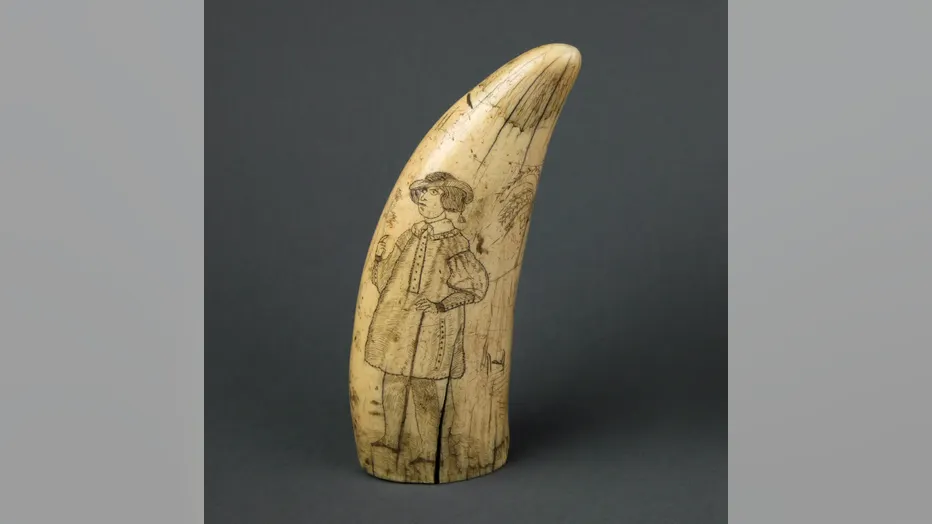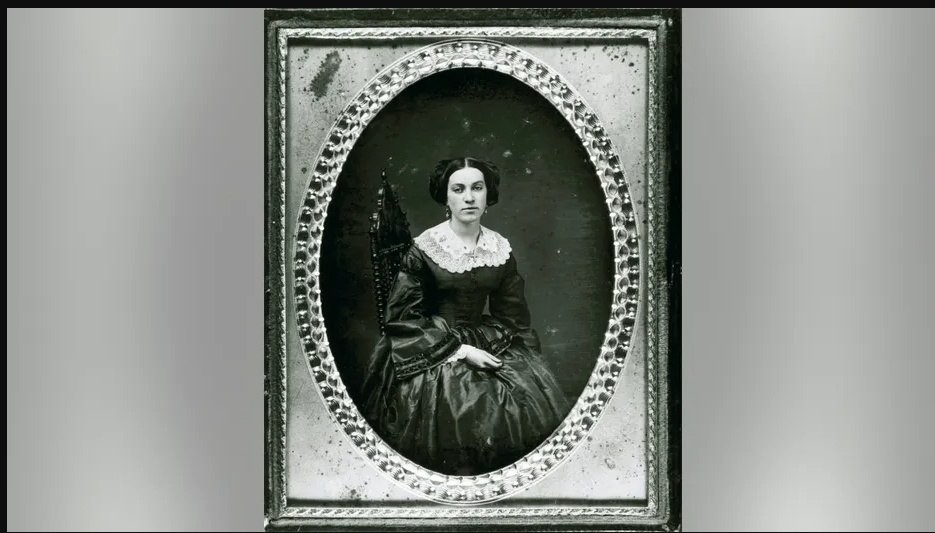OAKLAND MUSEUM HEIST: OVER 1,000 ARTIFACTS STOLEN AMIDST WIDER US CULTURAL CRISIS
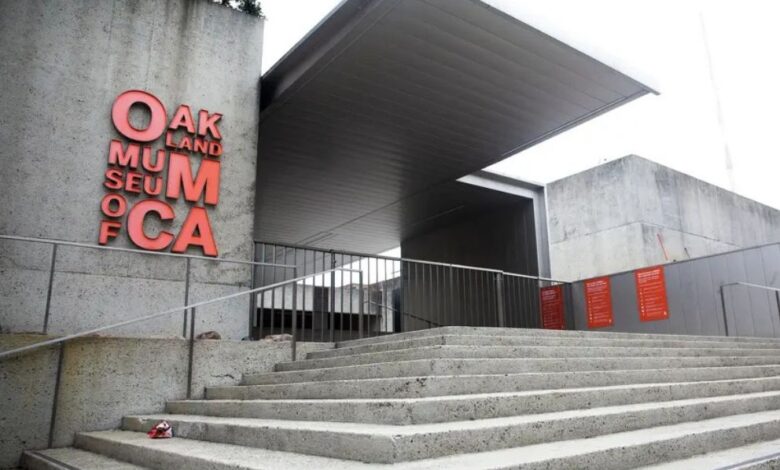
Unprecedented Loss: Rare Native American Artifacts Targeted in Brazen Oakland Museum Heist
OAKLAND, California – The cultural heritage of the United States has been deeply shaken by a recent large-scale theft. Just days before the infamous Louvre Museum robbery in Paris, an off-site storage facility belonging to the Oakland Museum of California (OMCA) became the scene of a massive burglary. Police confirmed this “brazen act,” which occurred in the early morning hours of October 15, resulted in the theft of over a thousand priceless artifacts, ranging from modernist metalwork jewelry to irreplaceable historical objects. This devastating Oakland Museum Heist not only signifies a major financial loss but highlights severe vulnerabilities in the protection of California’s state cultural property.
📉 THE LOOT: A CULTURAL AND SPIRITUAL VOID
Police records indicate that the thieves broke into the storage facility around 3:30 a.m. on October 15, with the scale of the Oakland Museum Heist only becoming apparent to museum staff the following morning. Officials emphasize that the lost collection documented California’s rich history, and the stolen pieces cover a wide, historically significant array:
- Native American Artifacts: A substantial number of Native American baskets were stolen from the museum’s extensive collection. These items carry immense spiritual and historical value. OMCA Director Lori Fogarty noted that they immediately contacted the indigenous tribe associated with these particular baskets, prioritizing the cultural and emotional impact of the loss.
- Historic Jewelry and Art: The loot included pieces by the late metalsmith Florence Resnikoff, such as modernist jewelry and unique titanium neckpieces.
- Early Photography and Memorabilia: A rare daguerreotype (an early photographic image) of a woman named Lucy Dodge Johnson, dating back to 1854, was taken, alongside historical scrimshaw carvings on walrus tusks, political campaign badges, and athletic trophies from the 20th century.
Lori Fogarty, OMCA Executive Director and CEO, stated: “The theft that occurred represents a brazen act that robs the public of our state’s cultural heritage. Most of these objects were entrusted to the Museum by generous donors, and we view our responsibility to recover them as paramount.”
🕵️♂️ THE INVESTIGATION: FBI, FAST CASH, AND A ‘CRIME OF OPPORTUNITY’
Due to the immense scope and value of the Oakland Museum Heist, the investigation is a dedicated joint effort between the Oakland Police Department and the FBI’s Art Crime Team—a highly specialized unit focused on the trafficking of stolen cultural property.
- Crime of Opportunity Theory: Museum officials primarily suspect the burglary to be a “crime of opportunity” rather than a meticulously planned art heist by professional criminals. Authorities believe the thieves may not have been aware they were breaking into a museum’s highly valuable storage unit but rather targeted the location because of its perceived vulnerability. They likely seized anything they could quickly carry out.
- The Black Market Threat: John Romero, a retired Los Angeles Police Department captain, stressed that the thieves’ main goal is obtaining “fast cash” rather than receiving the true appraisal value of the artifacts. This rush to liquidate the items forces detectives to meticulously monitor online resale platforms like Craigslist and eBay, as well as pawn shops and antique dealer networks, for any sign of the stolen cultural goods.
- Public Appeal: The OMCA has made a sincere public appeal, referencing a 2013 theft from its main building where a stolen Gold Rush-era jewelry box was recovered due to a public tip at a pawn shop. They hope the local community will again step forward to aid in the recovery of this shared legacy.
The fact that this significant American theft occurred just four days before the high-profile Louvre robbery in Paris has amplified global concerns regarding museum security, especially at off-site storage facilities, which often hold a museum’s vast, un-exhibited wealth. The final value of the stolen collection remains undisclosed as the insurance appraisal is ongoing.
